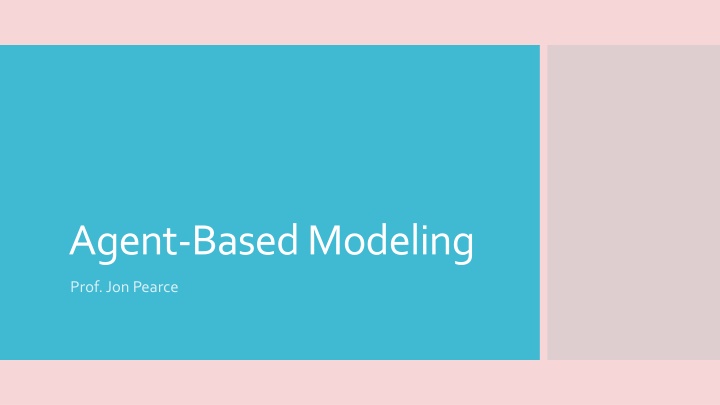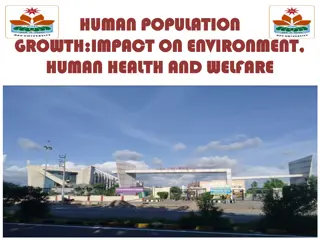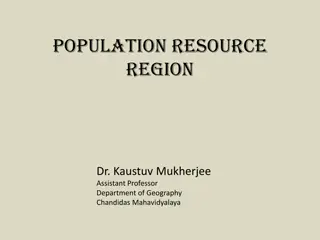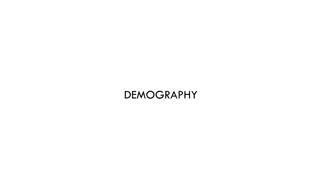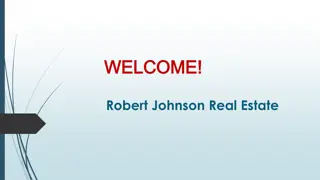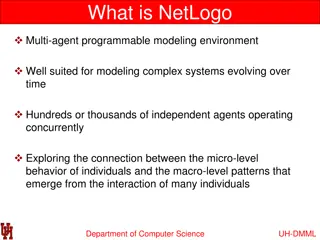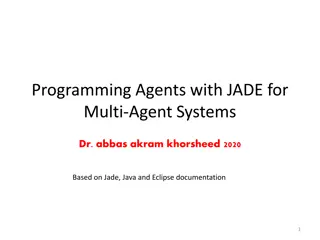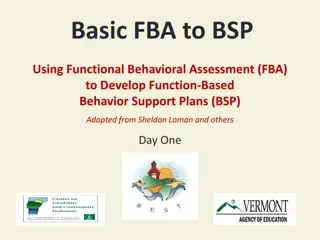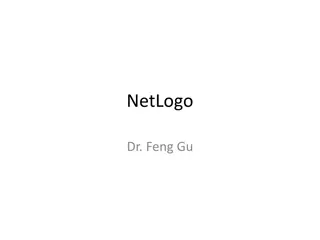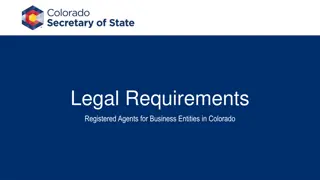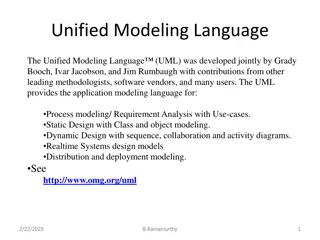Agent-Based Modeling: Understanding Population Behavior
This content discusses the complexities of predicting and explaining population behavior through agent-based modeling, showcasing examples like bird flocking and Prisoner's Dilemma tournaments. It explores how computer simulations can reveal emergent behavior and the impact of individual interactions on a larger scale.
Download Presentation

Please find below an Image/Link to download the presentation.
The content on the website is provided AS IS for your information and personal use only. It may not be sold, licensed, or shared on other websites without obtaining consent from the author.If you encounter any issues during the download, it is possible that the publisher has removed the file from their server.
You are allowed to download the files provided on this website for personal or commercial use, subject to the condition that they are used lawfully. All files are the property of their respective owners.
The content on the website is provided AS IS for your information and personal use only. It may not be sold, licensed, or shared on other websites without obtaining consent from the author.
E N D
Presentation Transcript
Agent-Based Modeling Prof. Jon Pearce
Explaining/predicting the behavior of a population (organization, social network, market, hive, etc.) can be hard when its members are interacting (talking, trading, fighting, mating, etc.) These individual interactions can cause waves of influence to slosh back and forth through the population resulting in currents , tides , tsunamis , and whirlpools . Emergent Behavior Often the population s resulting behavior can be more complex/interesting than the mere sum of the behaviors of its members. Think of traffic jams, ant colonies, voting patterns, and brains. While explaining population behavior is hard, modeling it using computer simulations is easy and fruitful.
NetLogois a platform for building and running agent-based models An agent-based model is a collection of agents (goal-driven objects) that perpetually move around their environment interacting with randomly selected neighbors. NetLogoand Agent-Based Models This interaction is described by a programmer-defined update procedure implemented in the Logo language. Update procedures tend to be algorithmically simple, reflecting the fact that agents are often irrational, imitative, and only have local knowledge. Logo is a simple procedural language initially designed to teach children to program.
The power of conformity: bird flocking Hive minds: An ant-based sorting algorithm The tragedy of the commons: greedy vs altruistic cows Viruses, memes, and plagues: controlling the spread of HIV Evolution, altruism, and morality: Prisoners Dilemma tournaments Demos Migration patterns: Modeling push-pull immigration. Stampedes: Modeling panic on battlefields Evolution of Languages: ???
Each agent is equipped with memory, score, and a strategy map The update procedure plays a game of Prisoner s Dilemma with a randomly selected neighbor The decision to defect or cooperate is made by the agent s strategy map and is based on the decisions made by the opponent the last 3 times they met. (Afterward, memory and score are updated.) For Example: Prisoner s Dilemma Tournaments (defect, defect, cooperate) => cooperate High scoring agents can mate before they die. Their offspring inherit a genetic combination of the strategies of both parents What strategies evolve? Does cooperation triumph? What happens when vindictiveness is added to the model?
Mobile agents representing people (or groups) are equipped with (randomly initialized) vision, threshold, and priority vector: (economy, environment, infrastructure, ) Stationary agents representing regions are equipped with a matching livability vector initialized by geography. During the update phase a person determines if the livability of his current region matches his priorities. If the match is below a certain threshold, he moves to the region within his vision that best matches his priorities. Push-Pull Migration During the update phase a region updates its livability based on population, resources, immigration policies, environmental degradation, etc. What is the global impact of regional wars, environmental disasters, and immigration policies?
Each agent is equipped with a simple grammar (eg., a CFG) The agent update procedure has three phases: learning, communicating, and mating. During the learning phase agents exchange a few grammar rules Evolution of Languages During the communication phase agents exchange messages. An agent scores fitness points by successfully parsing these messages During the mating phase fit agents mate then die. (Unfit agents just die.) Their offspring inherit some genetic combination of their grammars. After N generations will grammatical complexityincrease?
Artificial Societies EcoComputing Migration Lab NetLogo References Push-Pull Migration Push-Pull Migration Model Online Push-Pull Migration Model Evolution of Languages Model
